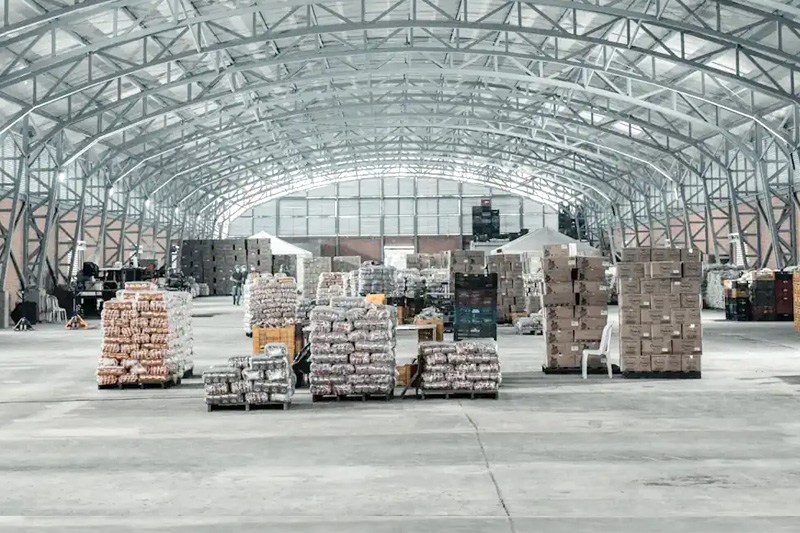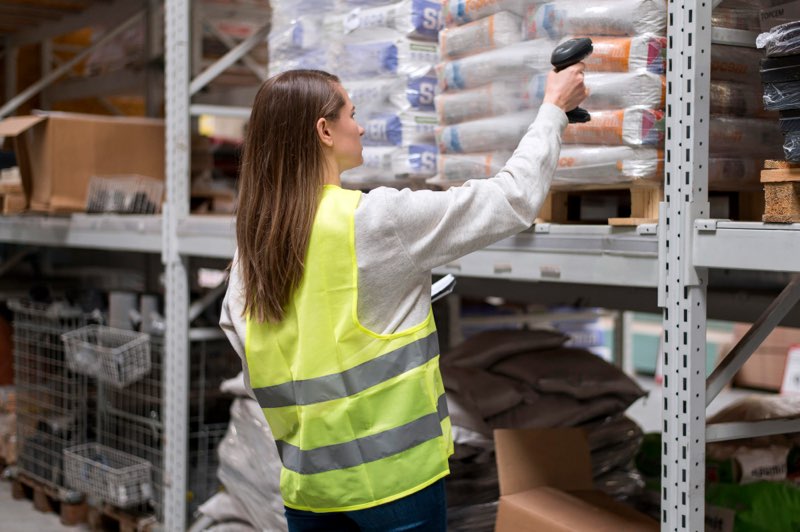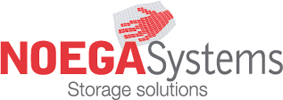Noega Systems blog

Warehouse safety: how to apply it on a daily basis
Guide to implementing safety in warehouses on a daily basis. Achieve safer, more efficient and compliant industrial storage.

What are the 5 S’s and how are they applied in warehouse organisation?
The 5S is a Japanese methodology that organises and standardises the warehouse to work faster, with fewer errors and greater safety. We explain what each S means, its advantages and how to implement it.

Storage for small parts: how to optimise your space, time and performance
When it comes to storing small parts, the challenges are no less daunting:

Warehouse automation trends in 2025
Warehouse automation trends in 2025. Warehouse systems Warehouse automation has become a strategic

Warehouse automation, the new era of robots and intelligent picking
Warehouse automation, the new era of robots and intelligent picking. Warehouse systems Warehouse

The advantages of using metal racking in industrial storage
Industrial metal racks are structures designed for the organised and efficient storage of

How to store hazardous materials and waste safely?
At Noega Systems we know that the safe storage of hazardous materials and

How to organise a warehouse efficiently?
When it comes to warehouse organisation, the best ideas are those that have been tried and tested in all types of facilities, both large and small, and that have proven their effectiveness in a variety of sectors.

Industrial mezzanines are an excellent solution for logistics warehouses that need to multiply the usable area while making the most of the available space.
Las entreplantas industriales son una excelente solución para almacenes logísticos que necesitan multiplicar la superficie útil aprovechando al máximo el espacio disponible.
